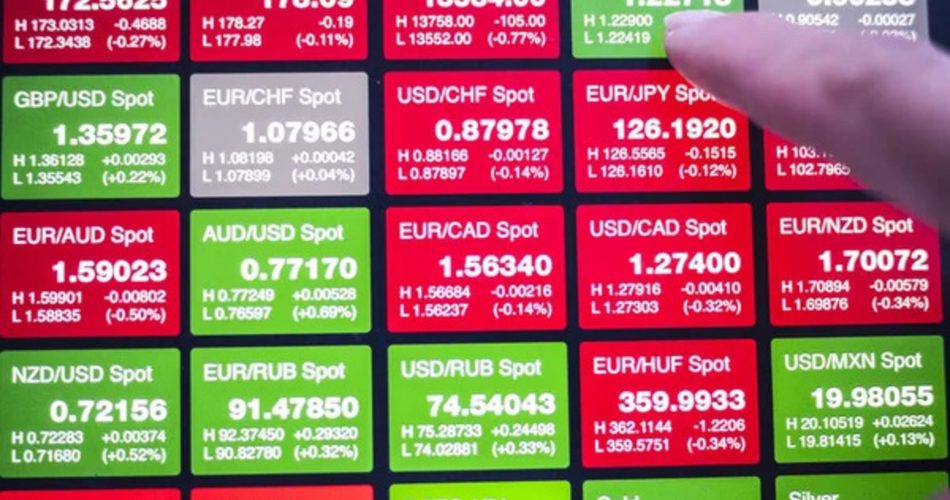In the complex and ever-evolving arena of currency trading, forex signals and analysis represent the backbone of daily trading decisions for countless traders around the globe. This article delves into the intricacies of forex signals, the fine art of forex analysis, and how tech innovations are changing the trading landscape. We’ll also hear from seasoned experts on maneuvers to effectively manage the risks associated with currency trading. Join us as we unravel the mechanisms that underpin success in the world’s largest financial market.
Decoding Forex Signals: An Introduction

Forex signals are essentially trade ideas indicating market trends in real time. Traders use these signals to decide when to buy or sell a currency pair. At its core, a forex signal contains key pieces of information:
- The currency pair for trading
- The entry price which specifies when to enter a trade
- The stop loss to limit potential loss
- The take profit to set a target for earning profit
These signals can originate from algorithmic analysis or be the result of human expertise, where seasoned traders make informed predictions based on market movements. While automated signals are quick and devoid of emotional bias, human signals can provide the touch of experience and nuanced understanding of market dynamics.
The Art of Forex Analysis: Keys to Success

Forex analysis can be categorized into three distinctive types: fundamental, technical, and sentiment analysis.
- Fundamental analysis looks at economic indicators, including GDP growth, interest rates, and unemployment rates to predict currency movements.
- Technical analysis involves chart patterns and mathematical indicators to extrapolate future price movements from historical data.
- Sentiment analysis gauges the mood of the market based on news flow and other qualitative data.
The key to success in forex analysis lies in synthesizing these three approaches to form a comprehensive view of the market. Seasoned traders often blend these methodologies, adjusting their strategies to adapt to market volatility and changes in economic landscapes.
From Data to Decision: Interpreting Signals

Interpreting forex signals involves more than just following instructions. A deeper understanding of the underlying data is essential. Here’s how traders typically break down the process:
- Verify the source of the signal to ensure credibility.
- Review the historical performance of the signals to gauge consistency.
- Consider the timing of the signal to align with trading strategies.
- Examine the current market conditions to determine if the signal fits the broader market context.
- Evaluate the risk versus reward ratio implied by the recommended stop loss and take profit levels.
- Make an informed decision based on personal trading goals and risk tolerance.
It’s a delicate balance of trusting the signal and applying one’s own judgment to each trading opportunity.
Meet the Experts: Top Forex Analysts Speak

Gaining insights from top forex analysts can provide a significant edge in currency trading. Renowned figures in the industry, suchillant sources, and the profits can be substantial. However, caution should be exercised as the market can shift unpredictably, and the use of analysis should be in conjunction with personal risk management strategies.




Interesting read on forex signals and how they guide trading decisions.
I learned a lot about how tech innovations are changing forex trading. Excellent article.
The section on managing risks witah analysis was very helpful. Thanks for the tips.
Risk management in forex trading is crucial; the article explains how informed analysis can help.
Gaining insights from top forex analysts can really help in understanding the market better.
The part about verifying the source of signals and reviewing their performance was very helpful.
It’s good to know that tech and signal platforms are making trading easier for everyone.
I appreciate the insights from top forex analysts mentioned in the article.
I learned that forex analysis has three types: fundamental, technical, and sentiment analysis.
The article explains how signal platforms help traders. Good information.
Nice overview of fundamental, technical, and sentiment analysis in forex.
Understanding how to interpret forex signals is important for making good trading decisions.
Combining different types of analysis seems to be the best approach to forex trading.
It’s great to know the importance of verifying the source of forex signals.
Good explanation of the different types of forex analysis. Very informative.
The article explains forex signals well, now I know they help traders decide when to buy or sell.